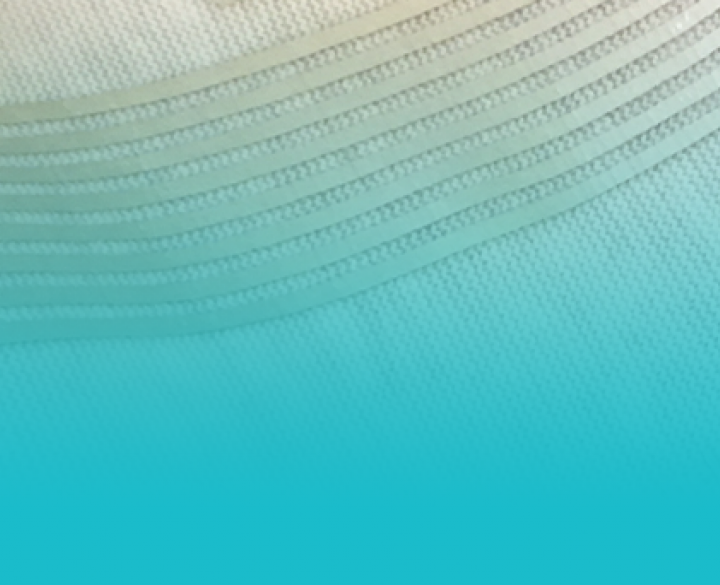Textile functionalisation is the process of adding new functions, features or properties to a material by changing its surface chemistry to meet the requirements of the final application. These new functions, features or properties include amongst others: comfort, breathability, waterproofness, thermal regulation, antimicrobial properties, easy-care, longevity, flame retardancy, and the overall mechanical performances of textiles.
Surface modification adds physical, chemical or biological characteristics that differ from the ones originally found on the surface of a material. The modification can be done by different methods in the aim of altering certain surface characteristics, such as roughness, hydrophilicity, surface charge, surface energy, biocompatibility and reactivity. Surface modification is often performed in view of subsequent finishing, dyeing and/or coating processes.
High-performance textiles are created by applying finishes or coatings onto textile substrates or yarns to improve or alter their properties and performances.
Sustainability includes the use of renewable materials and of non-hazardous chemicals and additives (in conformity with REACH, CLP), energy and water saving production methods, equitable working conditions, and last but not least the product’s longevity.
Centexbel is focused on harmonizing sustainability, high-performance and cost-efficiency in textile finishing, coating and laminating.
To serve the industry, we have created an extensive pilot platform for textile finishing, coating, laminating, dyeing and printing.




